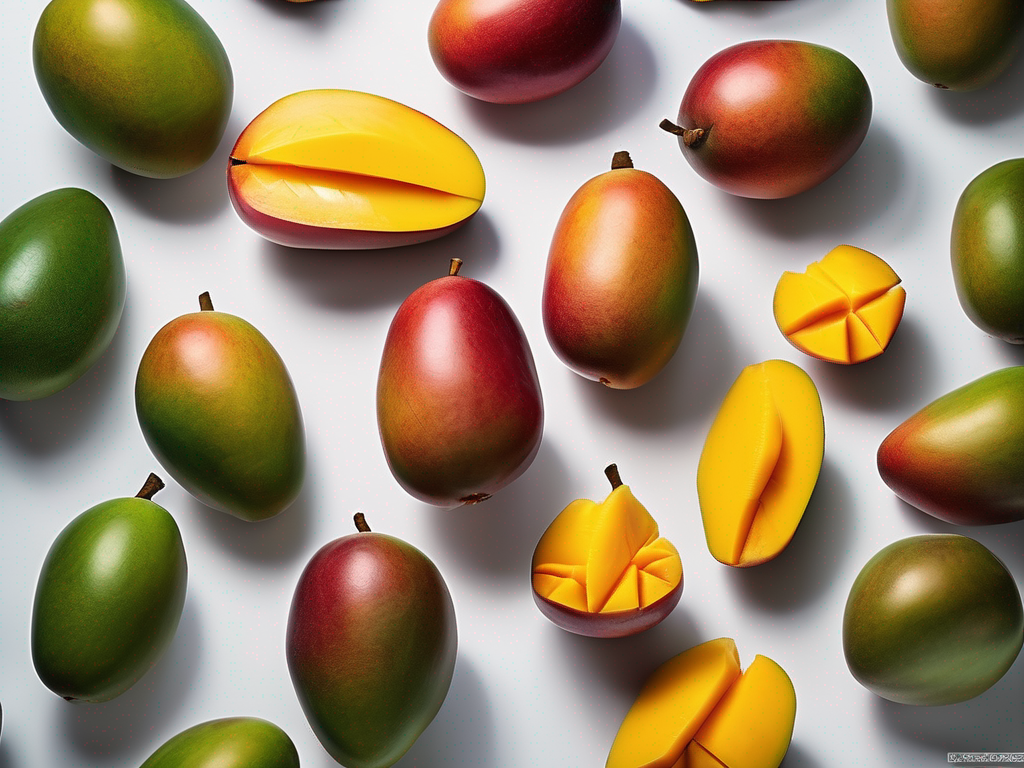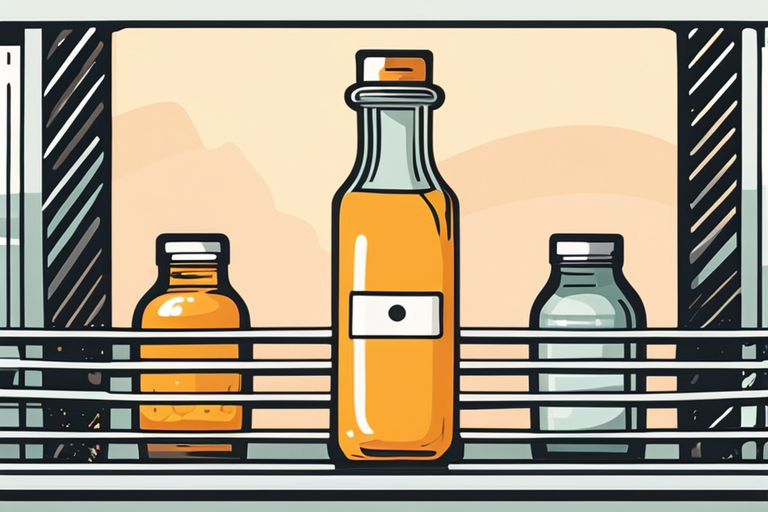
How to Extend the Shelf Life of Unopened Mango Nectar Without Refrigeration
Get Your Free Food Safety Cheat Sheet
30 most common foods with instant answers. Print it and stick it on your fridge—completely free!
How to Extend the Shelf Life of Unopened Mango Nectar Without Refrigeration
Mango nectar is a delicious and refreshing beverage made from ripe mangoes. It is a popular choice for those looking for a fruity and tropical drink. However, once you have purchased a bottle of mango nectar, you may be wondering how to extend its shelf life if you do not have access to a refrigerator. In this blog post, we will explore some practical tips and safety information on how to extend the shelf life of unopened mango nectar without refrigeration. (Mango)
Understanding Mango Nectar Shelf Life
Mango nectar is a perishable product that can spoil if not stored properly. Unopened mango nectar typically has a shelf life of several months when stored in a cool, dry place away from direct sunlight. However, factors such as temperature, light exposure, and humidity can affect the quality and freshness of the product.
Factors Affecting Shelf Life
- Temperature: Mango nectar should be stored at a consistent temperature to prevent spoilage. Exposure to extreme heat or cold can impact the quality of the product.
- Light: Direct sunlight can cause the degradation of the product, leading to changes in color and flavor.
- Humidity: High humidity levels can promote the growth of mold and bacteria, accelerating spoilage.
Tips to Extend the Shelf Life of Unopened Mango Nectar
Here are some practical tips to help you extend the shelf life of unopened mango nectar without refrigeration:
1. Store in a Cool, Dark Place
- Choose a Cool Location: Store the mango nectar in a cool area of your home away from heat sources such as stoves or ovens.
- Avoid Direct Sunlight: Keep the bottle away from direct sunlight or artificial light sources to prevent degradation.
2. Maintain Consistent Temperature
- Avoid Temperature Fluctuations: Store the mango nectar at a consistent room temperature to prevent exposure to extreme heat or cold.
- Avoid Freezing: Do not store the mango nectar in freezing temperatures as it can affect the texture and flavor.
3. Check the Expiry Date
- Inspect the Bottle: Before purchasing mango nectar, check the expiry date on the bottle to ensure it has a longer shelf life.
- Rotate Stock: When buying multiple bottles, ensure to use the oldest bottle first to prevent wastage.
4. Seal the Bottle Properly
- Secure Cap: Make sure the bottle cap is tightly sealed to prevent air and moisture from entering, which can lead to spoilage.
- Use Original Packaging: Store the mango nectar in its original packaging to maintain freshness.
5. Avoid Contamination
- Clean Storage Area: Keep the storage area clean and free from dust and debris to prevent contamination.
- Handle with Clean Hands: When handling the bottle, ensure your hands are clean to avoid introducing bacteria.
Safety Information
It is essential to follow proper food safety guidelines to prevent the growth of harmful bacteria and ensure the safety of the mango nectar. Here are some safety tips to keep in mind:
- Do not consume if the bottle is damaged or leaking
- Discard if there are any signs of mold or off-odor
- Do not consume if the color or consistency of the nectar has changed
- If in doubt, it is best to err on the side of caution and discard the product
Conclusion
By following these tips and safety guidelines, you can extend the shelf life of unopened mango nectar without refrigeration. Proper storage and handling practices are essential to maintain the quality and freshness of the product. Remember to always check the expiry date, store in a cool, dark place, and seal the bottle properly to enjoy your mango nectar for an extended period. Stay safe and enjoy your refreshing mango nectar! (Mango)

Authoritative Food Safety References
These agencies and university labs inform every tip and health precaution we publish.
USDA FoodKeeper – Cold Storage Guidelines
Official refrigerator, freezer, and pantry timelines maintained by the U.S. Department of Agriculture.
Visit USDA FoodKeeperFDA Produce Safety Rule & Grower Guidance
Field-to-fridge handling practices that prevent contamination of fruits, vegetables, and leafy greens.
Visit FDA Produce SafetyCDC Foodborne Illness Prevention Hub
Surveillance-backed guidance on pathogens, symptoms, and steps to reduce foodborne illness risk.
Visit CDC Food SafetyUC Davis Postharvest Technology Center
University research detailing optimal storage atmospheres for produce after harvest.
Visit UC Davis PostharvestPenn State Extension – Home Food Preservation & Safety
Peer-reviewed extension bulletins on safe canning, chilling, and reheating practices.
Visit Penn State ExtensionCan I freeze unopened mango nectar to prolong its shelf life?
How long can unopened mango nectar last without refrigeration?
What are the signs that unopened mango nectar has gone bad?
Can I use unopened mango nectar past its expiration date?
Get Your Free Food Safety Cheat Sheet
30 most common foods with instant answers. Print it and stick it on your fridge—completely free! Want more? Upgrade to the complete guide with 70+ foods.
Scan your food directly and get instant safety info using our AI-powered camera feature.